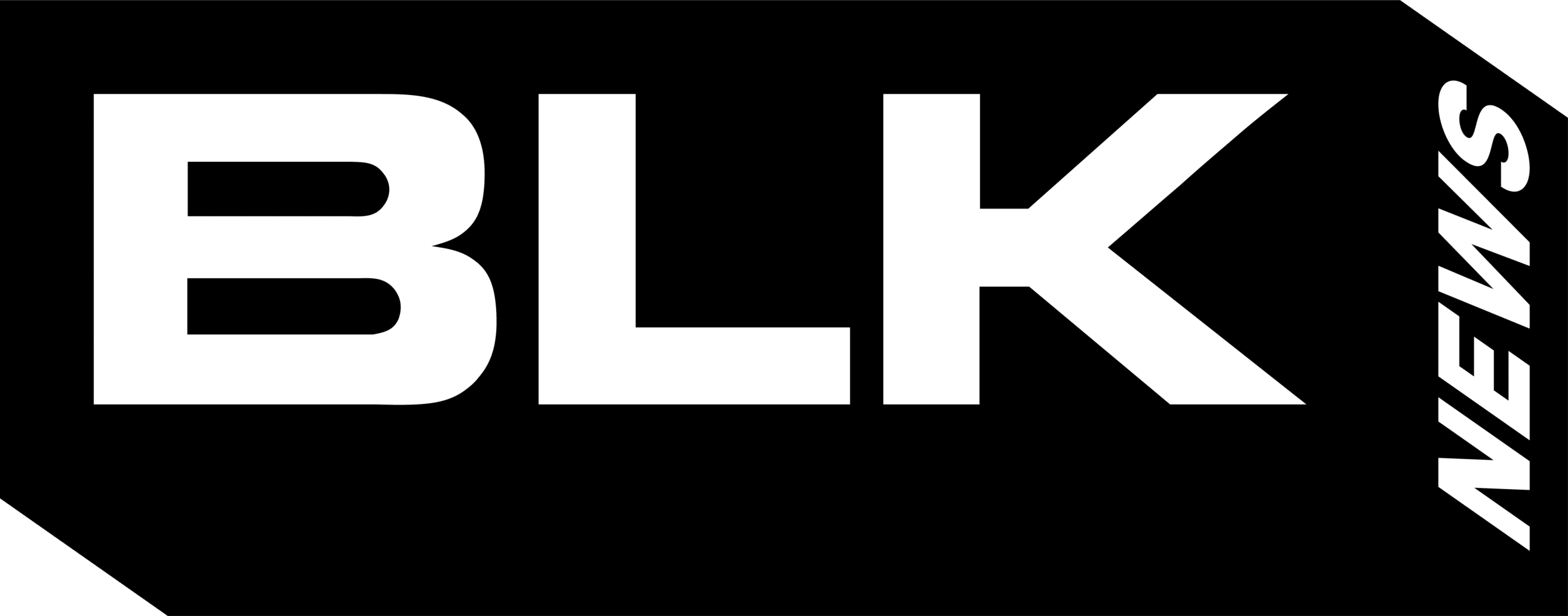The global shift to hybrid learning began as a response to the pandemic lockdowns. Yet, it has persisted because educators, employers, and students have discovered that flexible delivery can meet a wide range of needs. Timetables that once revolved around fixed lecture halls have been scattered across homes, workplaces, and mobile screens. Institutions now balance the promise of technology with time-honored compliance rules and the very human challenge of keeping dispersed learners engaged. Against this unsettled backdrop, software suppliers compete to define the digital infrastructure of the next decade.
Blended and hybrid models have moved from pilot projects to mainstream practice. Administrators who once worried only about classroom utilization now grapple with synchronizing on-site and remote timetables, verifying attendance in video sessions, and tracking competencies that may be demonstrated on factory floors rather than campus labs. Disconnected spreadsheets and legacy servers struggle to capture these moving pieces. Many providers, therefore, look for integrated platforms that schedule, deliver, monitor, and report from a single source of data.
Fortitude Valley-based eSkilled entered the market in 2019 with that consolidation in mind. The firm’s Learning Management System, first released in April 2020, added synchronous virtual-classroom tools to the familiar asynchronous functions of Moodle. Soon after, its developers stitched attendance logs, calendar events, and assessment records into a Student Management System acquired in 2021. By January 2022, the two products operated as one environment, allowing enrollment data to flow directly into course shells while assessment outcomes were returned to funding-contract reports without manual transfers. Mobile-first layouts support phones, tablets, and laptops, reflecting the likelihood that learners will switch among devices during a single day.
Rolling enrolments, once rare outside language schools, are now routine in short-course markets. eSkilled’s integrated calendar lets administrators open weekly start dates without duplicating settings for each cohort. Trainers monitoring concurrent face-to-face and online sessions see live dashboards that flag attendance gaps and overdue tasks, as the system draws information from both the LMS and SMS. Progress data updates in real-time, whether a learner completes an interactive quiz at home or presents evidence in a workshop.
Forums, internal messaging, and streamed video sit alongside interactive components such as virtual reality scenarios used by several health and safety programmers. Learners can check personal progress bars and compare their status with cohort averages; an approach many instructional designers use to encourage self-regulation. Integrated self-assessment quizzes provide immediate feedback, while completion triggers feedback to trainers through the reporting console.
eSkilled recently introduced AI-assisted marking for written responses, enabling trainers to review essay-style questions more efficiently. The system provides suggested feedback comments to support faster, more consistent marking while preserving trainer oversight and final decision-making. In addition, newly added diagnostic tools for LLN and digital literacy help identify learners who may require additional support before starting their course. These features are particularly valuable in blended and rolling-enrolment environments, where early intervention and individualized support are essential for maintaining quality and compliance.
Because the platform spans student administration and content delivery, multi-campus organizations aggregate data at the group level without losing site-level reporting. Several Technical and Further Education (TAFE) institutes use the software to align domestic government-funded programs with fee-for-service short courses. One Brisbane-based vocational provider cited the unified database as a factor in reducing duplicate records during an audit period. In corporate settings, human resources departments have connected the SMS to payroll software so that completed certifications trigger automatic allowance updates.
eSkilled prices its software by enrolment volume, and Open APIs link the platform to finance, HR, and customer-relationship systems, positioning it for broader enterprise use. Company documentation outlines a plan to expand language support beyond the current catalogue and to secure additional hosting zones for European clients who require regional data residency.
Chief executive Scott Rogers argues that the traditional split between administrative databases and teaching tools no longer serves a sector in which learning can begin on campus and finish during a commute. In interviews, he compares the combined LMS/SMS to a nervous system that must send immediate signals from remote limbs—student devices—to the organizational brain and back again. He describes flexibility as an iterative process: software releases occur every eight weeks, introducing modest changes informed by user feedback submitted through an internal forum.
From its origins as a resource publisher to its current role as a platform provider, eSkilled has grown in parallel with the hybrid-learning movement that accelerated after 2020. Awards for software innovation and learning technology design reflect both industry recognition and the broader demand for systems that integrate content, compliance, and communication. As institutions continue to refine their mix of physical and digital classrooms, the company’s integrated approach illustrates one pathway through the complexities of modern education. Hybrid delivery appears to be here to stay; firms like eSkilled are positioning themselves to supply the connective tissue that keeps it operational.









